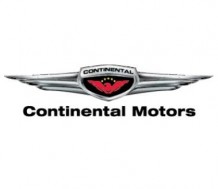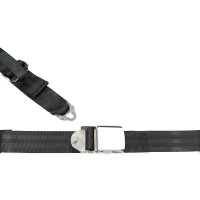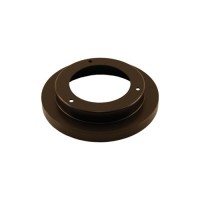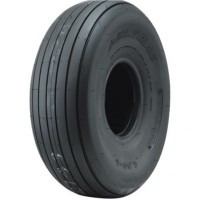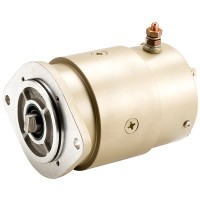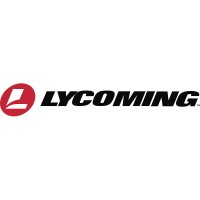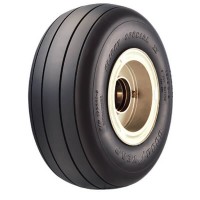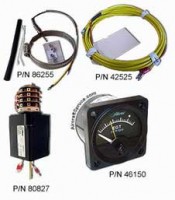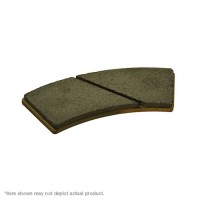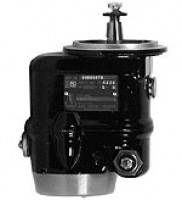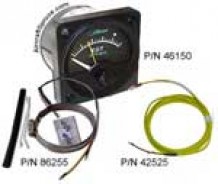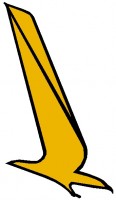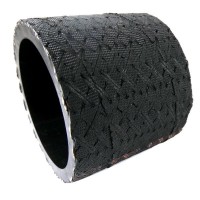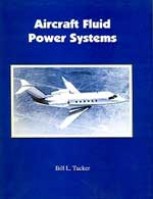Aircraft Fluid Power Systems - Ebook
MFR Model# 0676-END-E
Overview
|
Aircraft Fluid Power Systems takes a comprehensive look at hydraulic and pneumatic systems on today's aircraft. Its seventeen chapters cover the basics, fluid lines and fittings, hydraulic system components, valves, tires, tubes, and wheels, aircraft brakes and anti-skid brake control systems, structures that support aircraft on the ground, aircraft retraction systems, nose wheel steering systems, and skis and floats. There is also information on specific aircraft hydraulics such as Boeing 727 and 757, the Cessna Citation, Gates Learjet 25, and the Canadair 601. As an added bonus, there are appendices containing basic symbols, maintenance of alclad floats, conversion and installation of skis, rigging of skis as well as a complete glossary of hydraulic and related terms. The author is a respected instructor at the worlds largest aviation university. This book reflects his more than 30 years of experience in the aviation industry. |
WARNING: Cancer and Reproductive Harm - www.P65Warnings.ca.gov. |
Specifications
- File Type: Secure eBook in Adobe .pdf format
- File Size: 22.0Mb
- Print: yes, internet required
- Copy/Paste: unlimited
- Distribution: 2 computers per customer
- Offline Access: yes
- Search: always
- Bookmarks: always
- System Reqs: Windows PC only
Documents
Q&A
Please note, Aircraft Spruce's personnel are not certified aircraft mechanics and can only provide general support and ideas, which should not be relied upon or implemented in lieu of consulting an A&P or other qualified technician. Aircraft Spruce assumes no responsibility or liability for any issue or problem which may arise from any repair, modification or other work done from this knowledge base. Any product eligibility information provided here is based on general application guides and we recommend always referring to your specific aircraft parts manual, the parts manufacturer or consulting with a qualified mechanic.


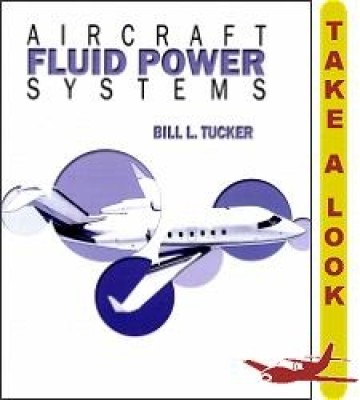





 FREE Shipping
FREE Shipping

